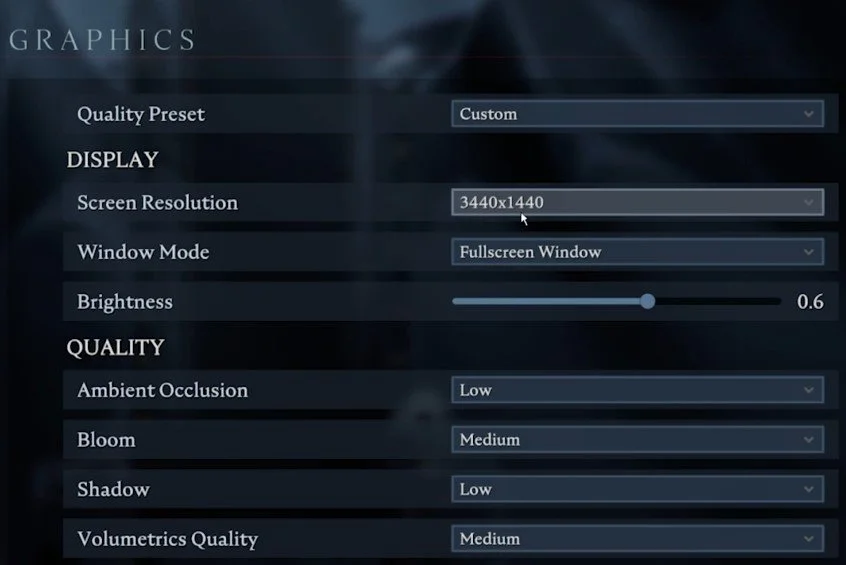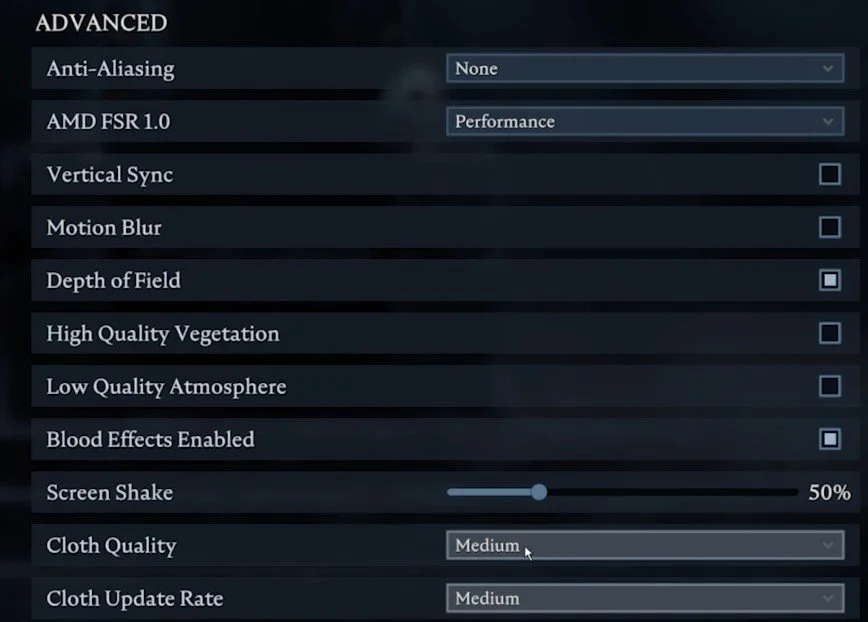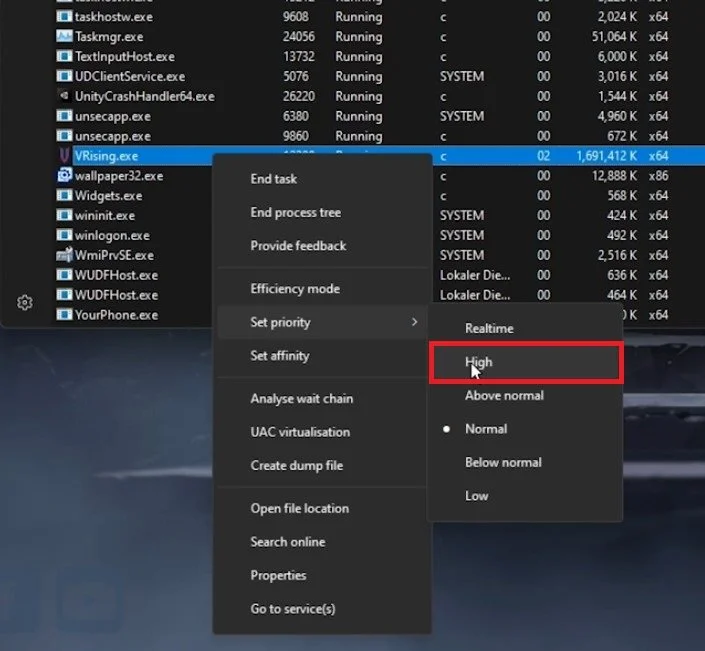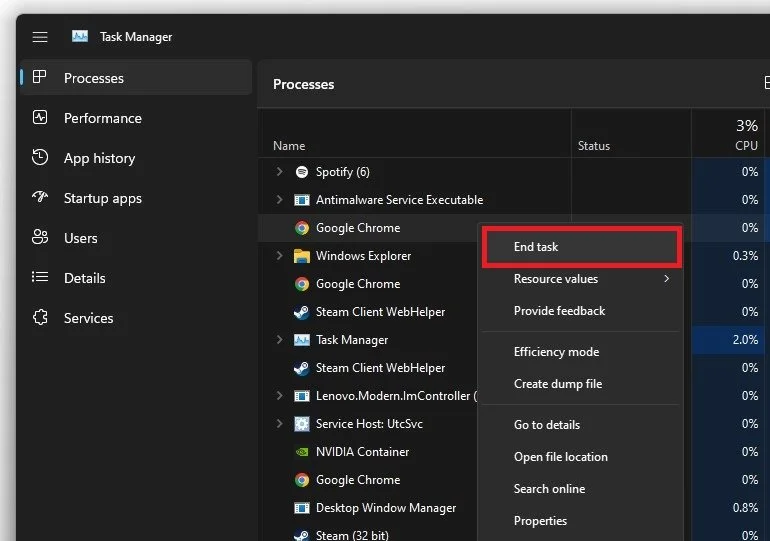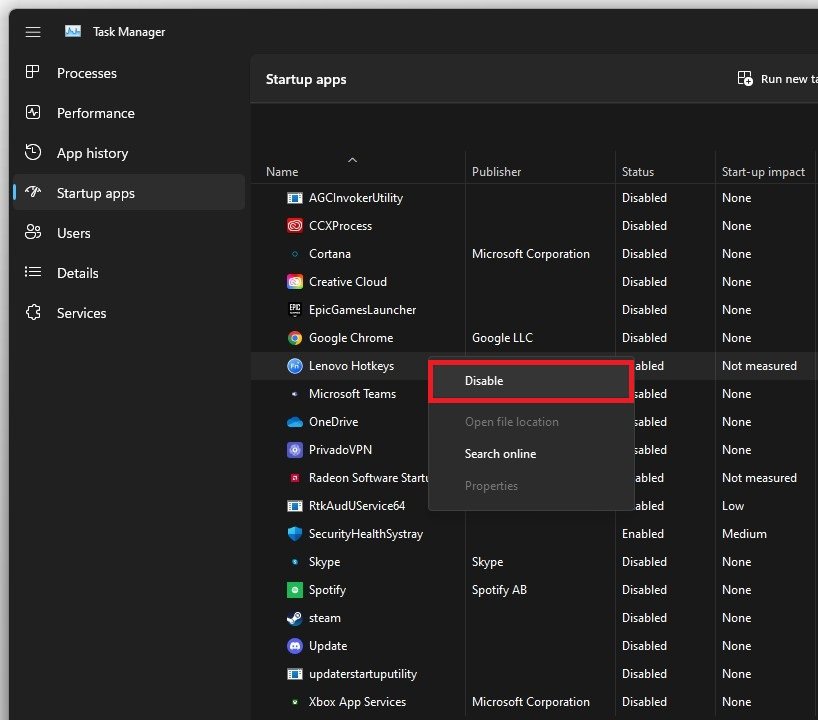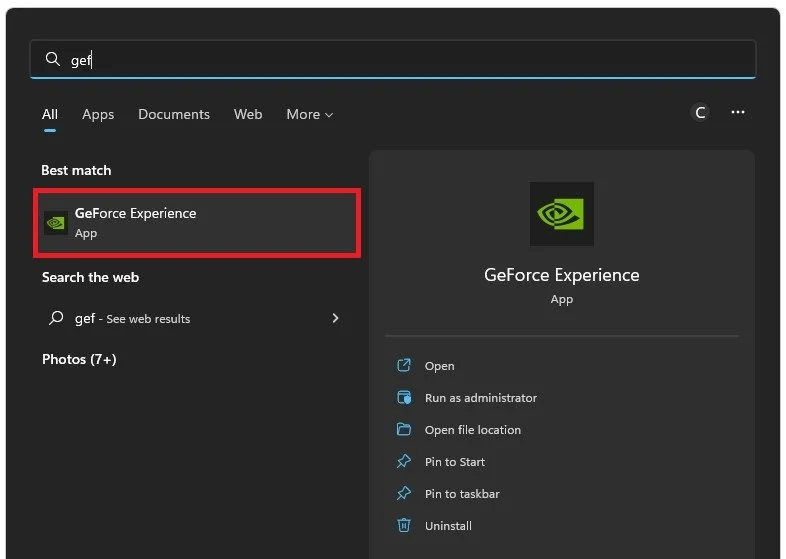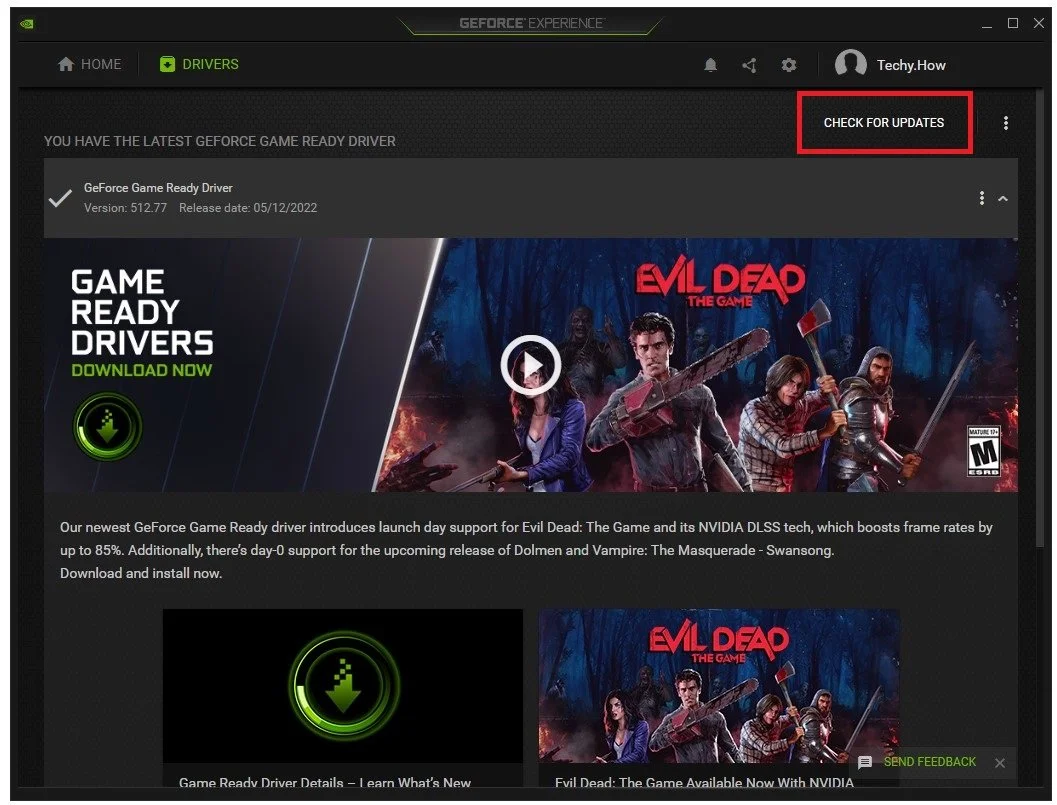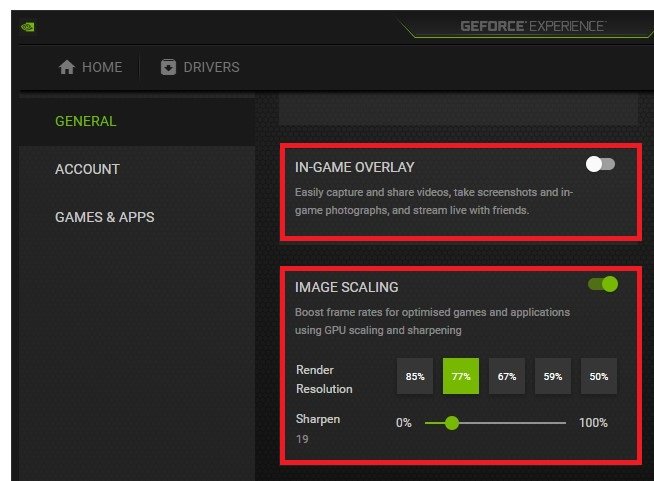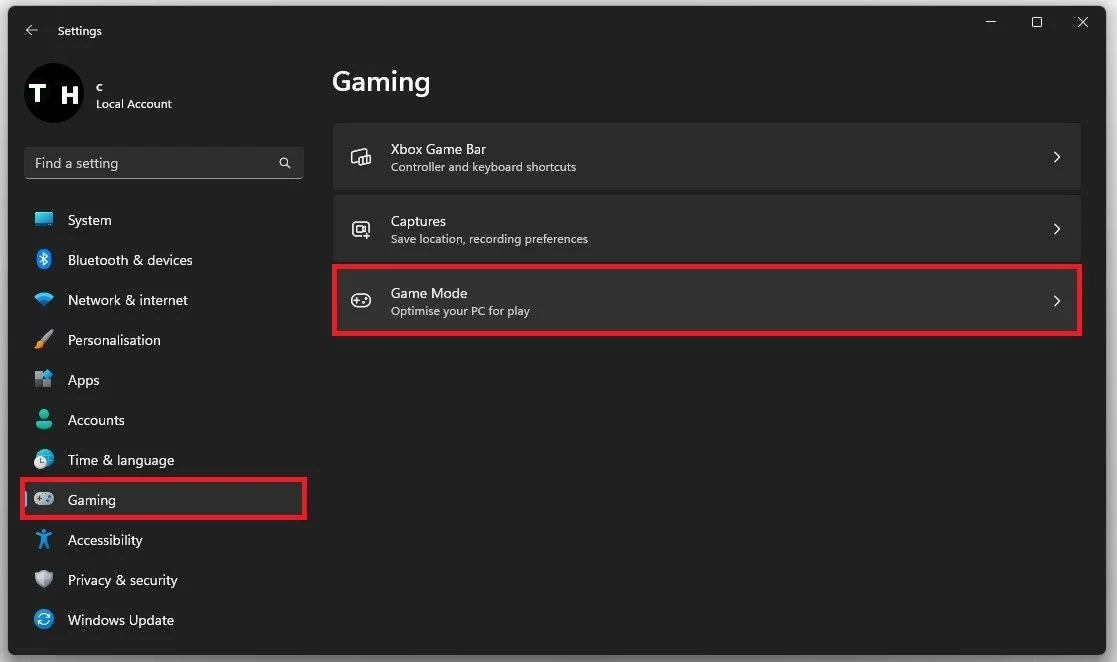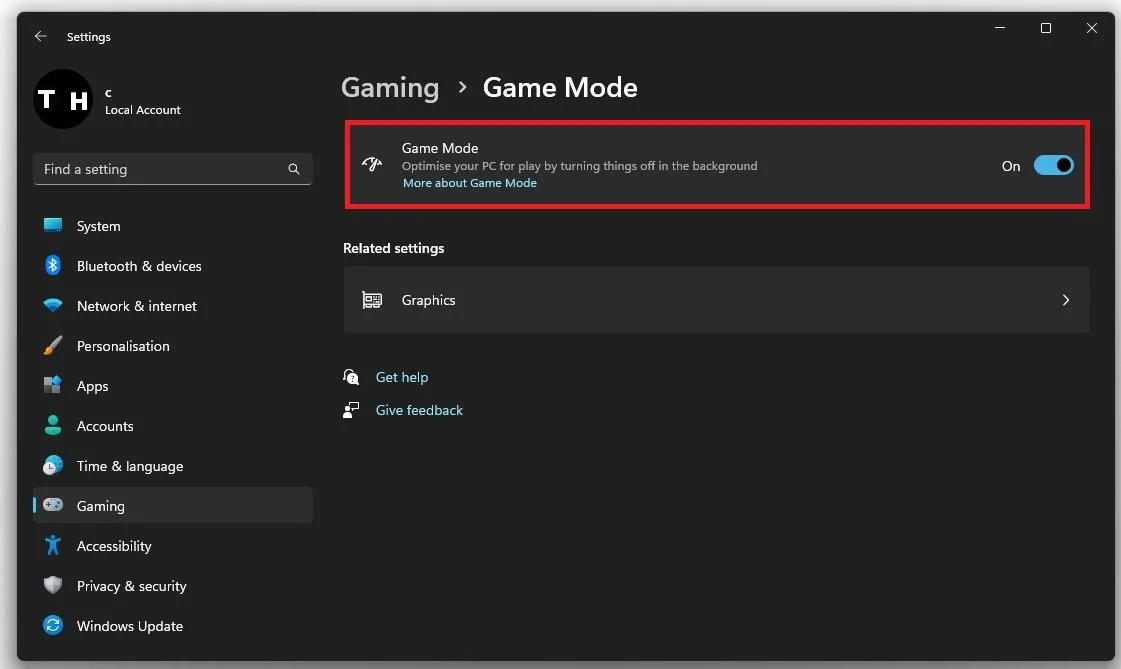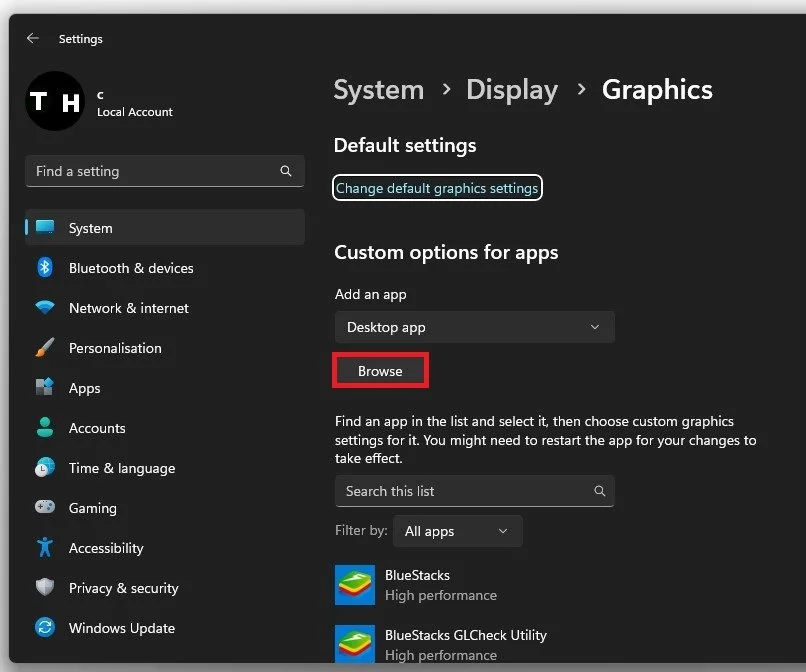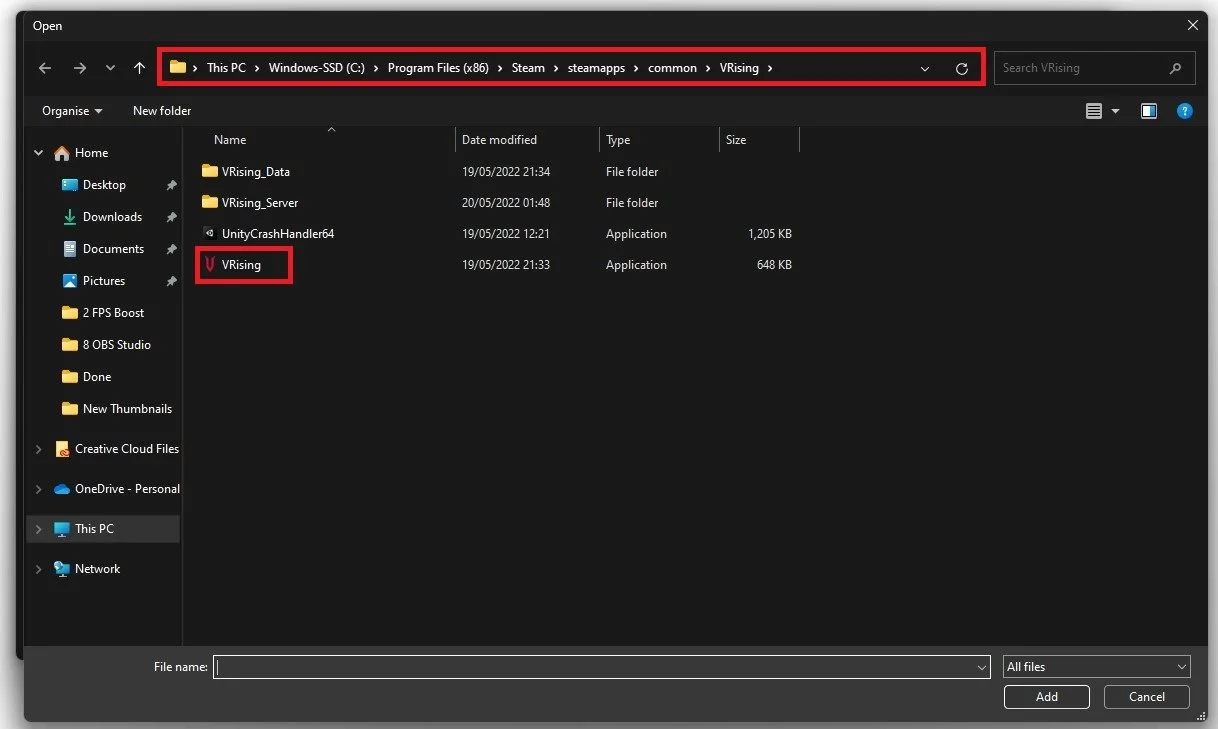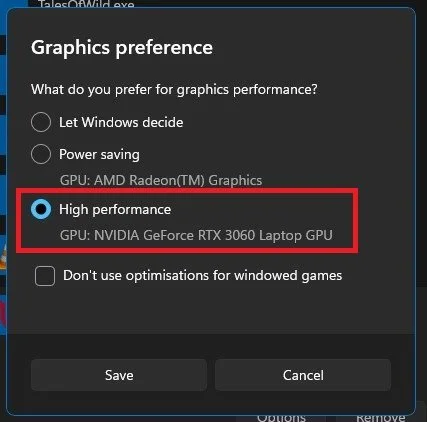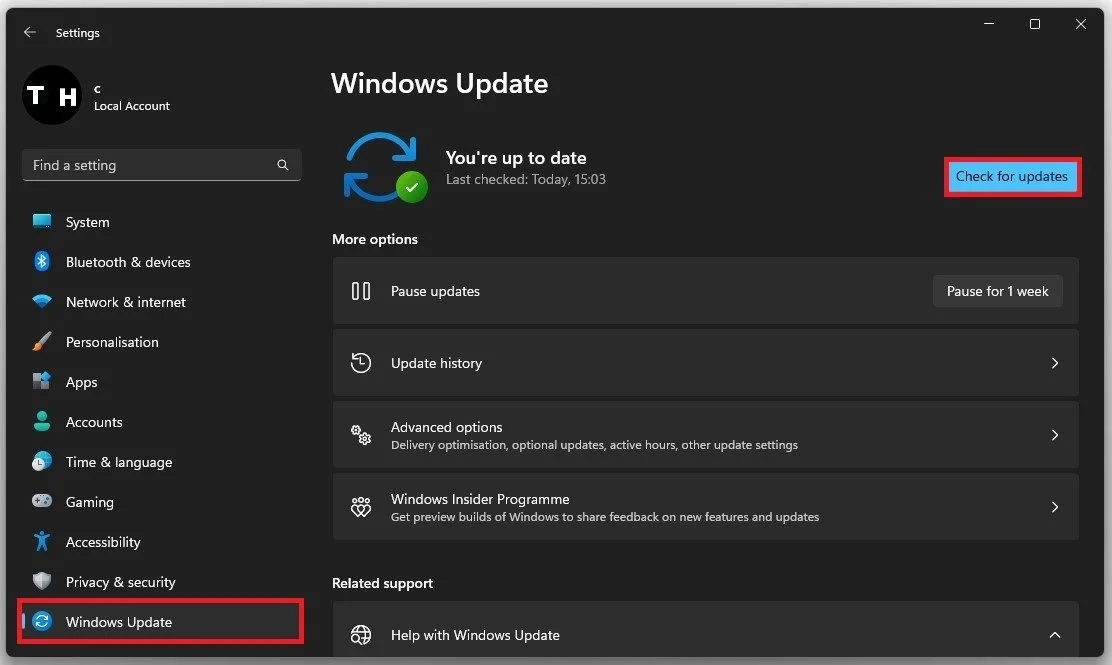V Rising FPS Optimization Guide for Low-End PC & Laptop
Welcome to our comprehensive V Rising FPS optimization guide for low-end PC and laptop users. If you're a fan of V Rising but struggling to run the game smoothly due to your system's low specifications, then you're at the right place. This guide will provide you with effective and practical tips to enhance your gaming experience and boost your game's FPS. Whether you're a casual gamer or a die-hard fan of V Rising, this guide is for you. Let's get started!
V Rising Graphics Settings
Open up V Rising and navigate to your Graphics Options. You can choose a Quality Preset. When using a low to mid-end PC, set it to Medium for now. All of the next settings will be set for a low-end PC that doesn't have a lot of resources to spare. If you’re using a higher-end CPU and GPU, then feel free to increase some of the next settings suggestions.
Set the Screen Resolution to your native monitor resolution. To get the best performance, make sure to play in Fullscreen Mode. The Brightness option below will not affect your performance, so set this to your personal preference. In your Quality settings, set the Ambient Occlusion option to Low, Bloom to Medium, Shadow to Low as well as Volumetric Quality. I prefer to set the shadows to a minimum, but you might want to increase the setting to Medium.
V Rising Settings > Graphics
Advanced V Rising Graphics Settings
In your Advanced Graphics settings, disable Anti-Aliasing. Playing V Rising on a lower screen refresh rate can make your game look laggier. Set the AMD FSR option to Performance and disable Vertical Sync. We prefer to disable Motion Blur, but this will come down to personal preference.
Leave Depth of Field enabled, disable High-Quality Vegetation and Low-Quality Atmosphere. Lastly, lower the Screen Shake option to 50%, and set the Cloth Quality and Cloth Update Rate to Medium. These two last settings can have a lot of impact on your graphics card performance. If you notice any lag, then lower the Cloth Quality setting to Low first.
Advanced V Rising Graphics Settings
Change V Rising Process Priority
After applying your changes, leave the game running and open up your Task Manager. Right-click the V Rising process and select to go to Details. The primary game process should be highlighted in this list. Right-click the process and set its priority to high.
Task Manager > Details > VRising.exe > Set priority > High
End Resource Intensive Tasks
To reduce the CPU utilization from other programs, I suggest you end some programs from running in the background, which you don't need when playing the game. But make sure only to end programs from running that you know won't break your operating system.
Task Manager > Processes
In the Startup tab, you can prevent programs from starting on system boot. You can then close V Rising and your Task Manager.
Task Manager > Startup Apps
Update Graphics Driver
You should make sure that your graphics card driver is up to date. I suggest using the GeForce Experience application for an NVIDIA GPU, but you can also use the AMD Radeon Software.
In the Drivers tab, simply click on Download and the application will automatically download and install the latest driver. Repeat this step a few times a year to ensure you get the most out of your hardware.
GeForce Experience > Drivers > Download
Disable GeForce Experience Overlay
When navigating to your GeForce Settings, disable the In-Game Overlay in your General settings tab, as application overlays often cause performance issues.
Enable NVIDIA Image Scaling
Below, you have the option to enable the Image Scaling option. For some of you, this option is unavailable as your graphics driver is not current. Enabling NVIDIA Image Scaling can dramatically increase your frame rate for any game you play on your PC.
GeForce Experience > Settings > General > Image Scaling
Enable Xbox Game Mode
After ensuring that your GPU driver is up to date, open your system settings window. Navigate to the Gaming section.
Windows Settings > Gaming > Game Mode
Under Game Mode, you can enable or disable Game Mode on your PC. In theory, Game Mode should prevent Windows Update from performing driver installations and sending restart notifications and help achieve a more stable frame rate while in-game.
Gaming > Game Mode
Set V Rising Graphics Preference
In your Related settings, select Graphics. Click on Browse to change some custom graphics settings for V Rising.
System Settings > Display > Graphics > Browse
In your File Explorer, navigate to the drive on which you saved the game on. The file path for the Steam version is: Program Files > Steam > steamapps > common > V Rising, and here select the V Rising exe application.
Program Files > Steam > steamapps > common > VRising > VRising
This will add the V Rising application to this list below.
When selecting Options for the game, make sure to set the Graphics preference to High performance, which in most cases, will take advantage of your graphics processor to help run the game on your system.
V Rising Graphics Preference > High Performance
Windows Update
Keep your Settings window open and search for Update to get to your Windows Update settings. Make sure to check for recent updates, and if there is an update available to you, make sure to download it before restarting your PC, which will install the update for you.
Windows Settings > Windows Update
-
FPS stands for Frames Per Second. It refers to the number of images or frames displayed on your screen per second. A higher FPS means smoother gameplay, which is essential for a better gaming experience.
-
Yes, you can! With the optimization tips provided in this guide, you can still enjoy V Rising on your low-end PC or laptop without compromising your gaming experience.
-
Optimizing your game's settings can make a significant difference in your game's performance. You can expect a noticeable improvement in your FPS, which will result in a smoother and more enjoyable gaming experience.



